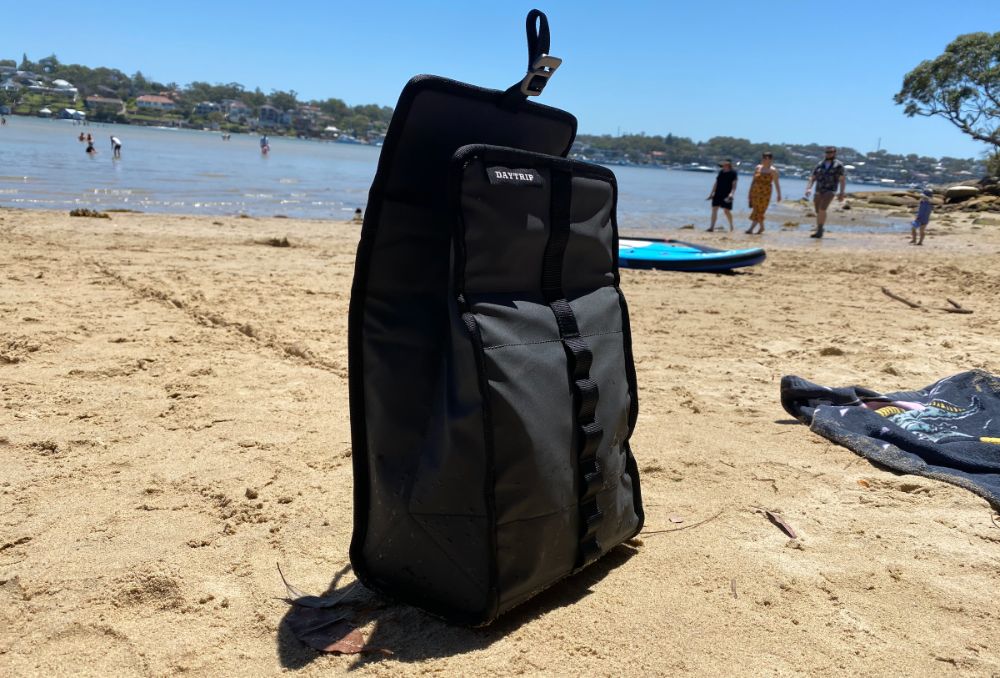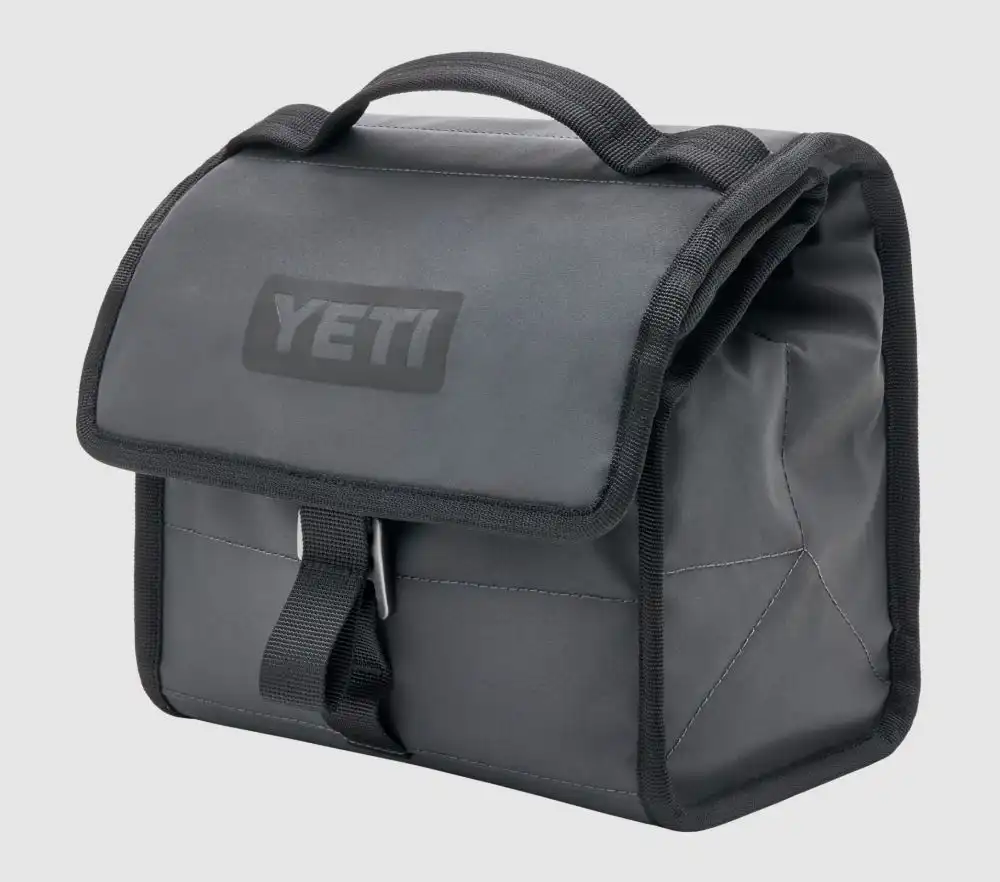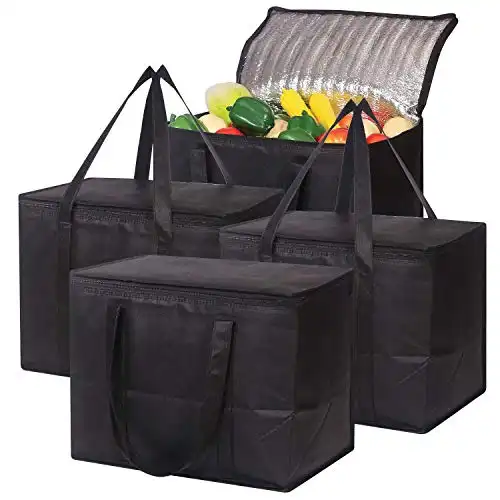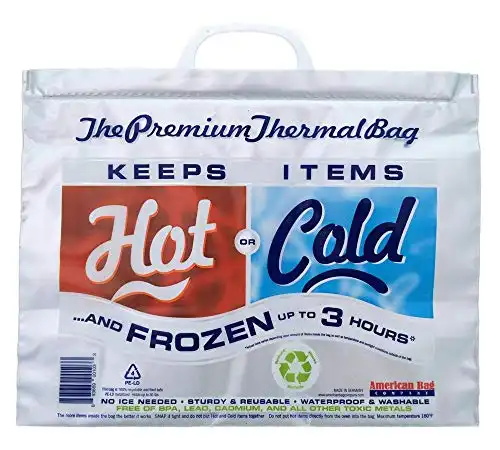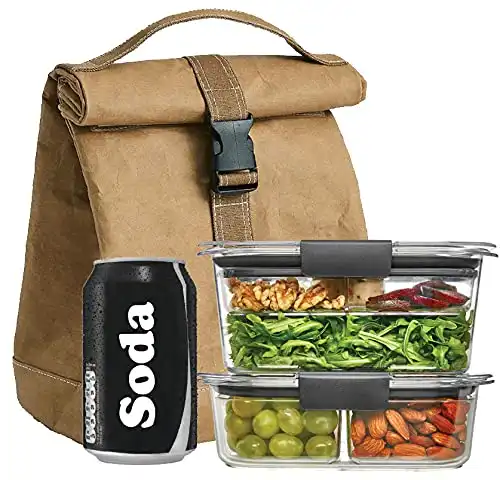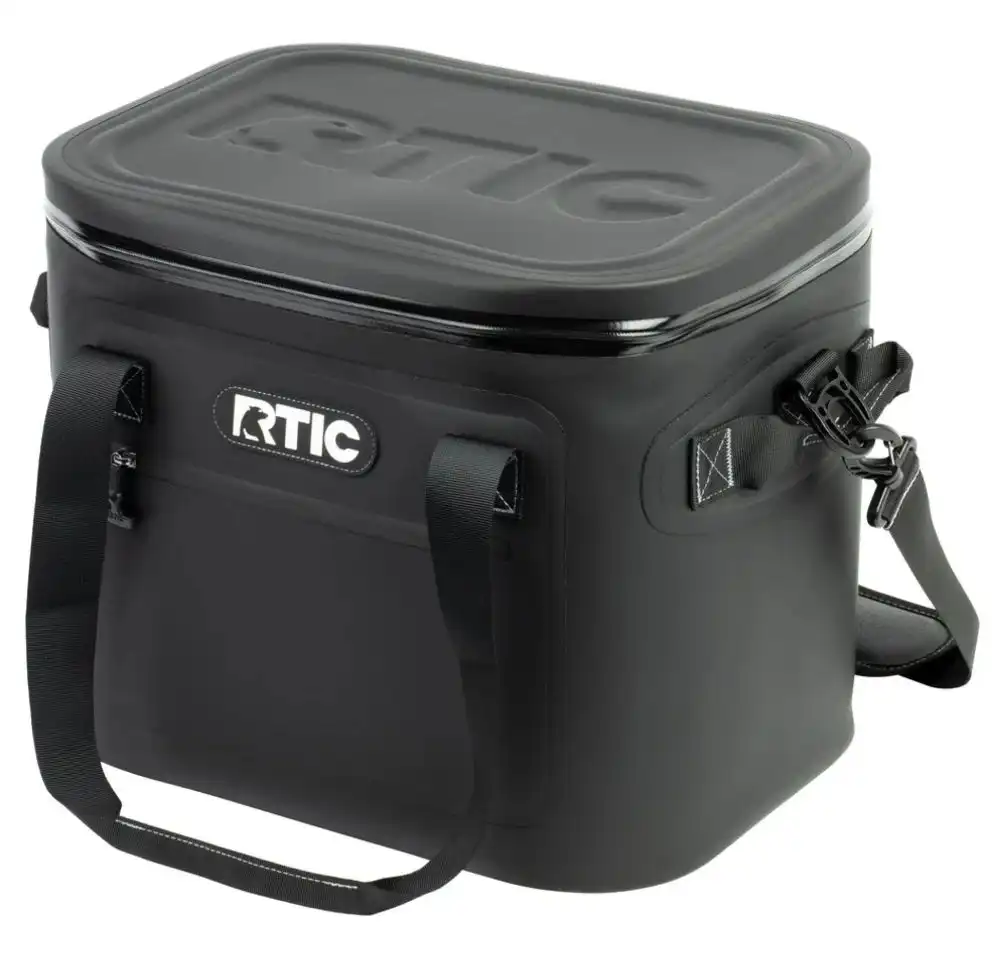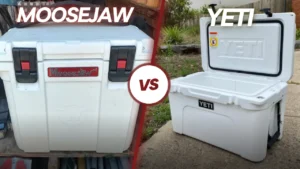Insulated bags, thermal bags and grocery bags are great at keeping food, drinks or medicine cold for a few hours. Whether you're keeping items cold for lunch or transferring items from the shop and keeping them cold until you get to the fridge they are a great option.
But you may be curious exactly how insulated bags work. How do they keep food cold when they themselves don't have any cooling elements?
Insulated thermal bags work by blocking the passage of heat into and out of itself. They have a reflective layer that reflects infrared heat back to its source, as well as a layer of flexible non-conductive material such as foam, plastic or paper as insulation from conduction. They also seal at the top using a zipper, ziplock, magnets or velcro stopping hot air getting in.
Insulated bags are basically compact cooler boxes that are made from softer and lighter materials. They are much lighter than regular coolers which have rigid walls filled with dense foam, making them far more convenient for short trips and also easy to store because you can just fold them up. Learn more about what hard coolers are made from.
While you cannot expect these foldable alternatives to provide anywhere close to the thermal insulation as a proper yeti cooler, they do work remarkably well given how thin and light they can be.
Let’s face it – You don’t always need to keep ice for days on end, most of the time a couple extra hours of thermal endurance is all that’s needed to serve your needs.
A compact, lightweight thermal bag is perfect for keeping your food at the intended temperature for a few hours longer. This article will explore exactly how these bags are able to do so.
How Do Insulated Bags Maintain Internal Temperatures?
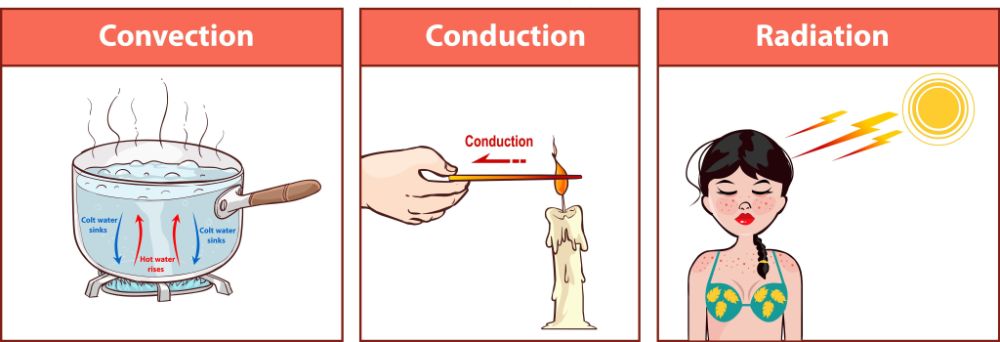
As you can read here, there are three ways heat can transfer into your food warming it up. These are the forces insulated bags fight off when it comes to keeping one the inside insulated from the outside.
- Radiation
- Conduction
- Convection
Let’s take a look at the ways that insulated bags block these vectors for heat to enter or escape.
Radiation
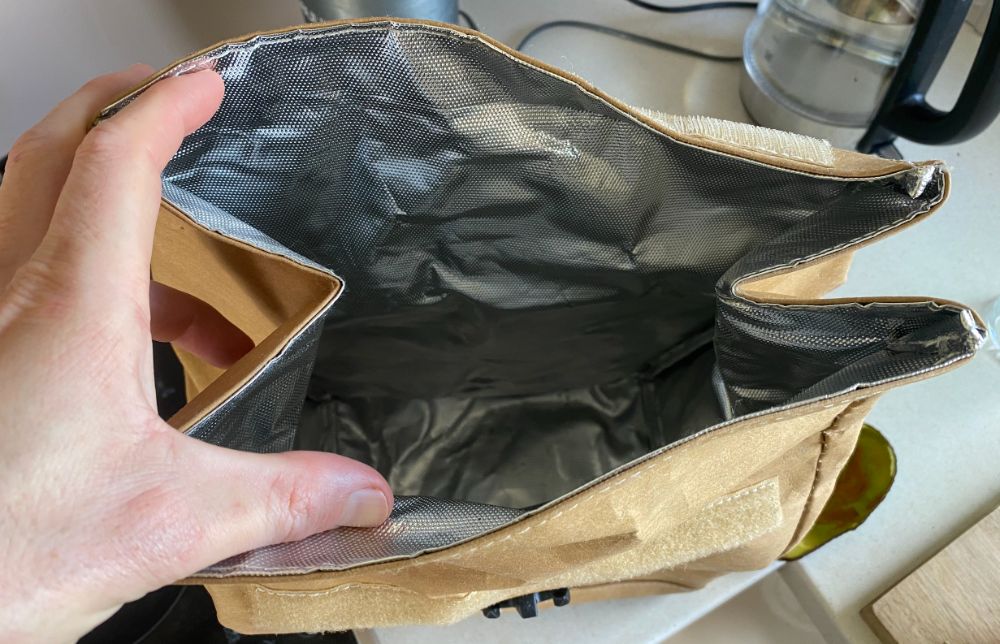
Anything with a temperature will be radiating its stored heat out into the environment in the form of infrared radiation. This is the type of heat we receive from the sun and can feel on our skins on a hot summers day.
To counteract this loss of heat, a reflective insulation is used to reflect the infrared heat back to the source – your hot food.
Reflective insulation is the crinkled metallic looking material lining the inside of these insulated bags. The shiny linings are often made using aluminum or some other reflective substance which is able to reflect the invisible infrared radiation.
While this foil looks to be facing inwards it actually works in both directions. It'll reflect AWAY heat and keep heat out when you're trying to keep things cool or if you're using your lunch bag to keep things warm then it'll reflect heat inwards trapping it inside and keeping your food warm.
The reflective layer is very thin and while it does a good job at reflecting the infrared heat, it doesn’t do anything to prevent heat loss through conduction. This is why aluminum foil is a good insulator in one aspect, but a bad insulator in another and this is why insulated bags also have a layer of foam, plastic or paper to stop heat transferring through conduction.
Conduction
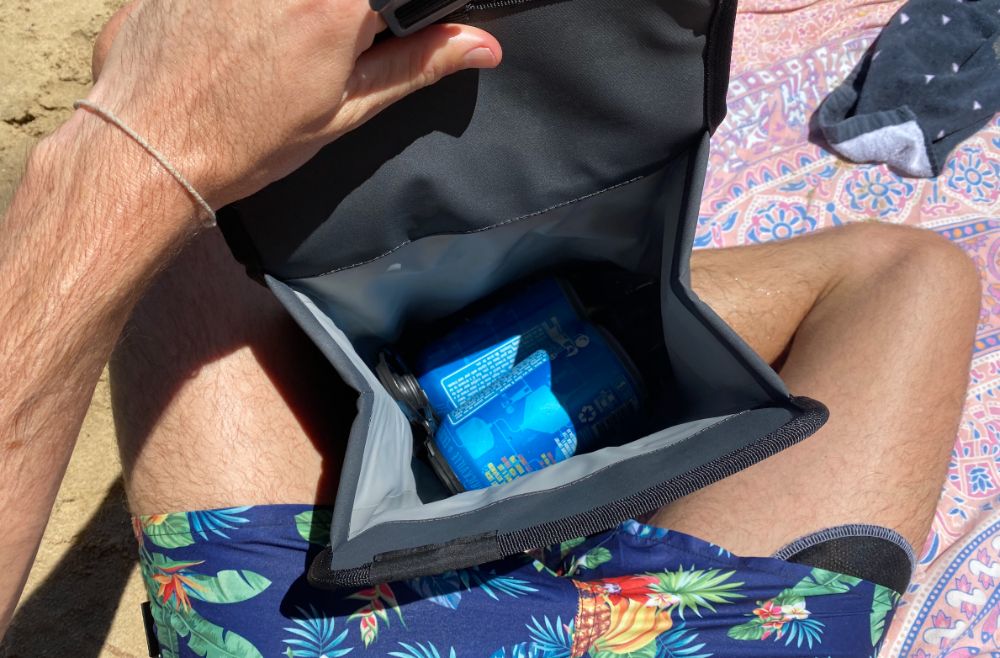
Thermal conduction is defined as:
The transfer of heat through matter by communication of kinetic energy from particle to particle
Without anything to stop it, heat will either escape from the bag containing your hot food or seep into the bag with your chilled goods inside.
To prevent heat from moving into or out of your bag through conduction, insulated bags will incorporate a layer of non-conductive material that is usually made from foam, plastic or even paper depending on the specific type of insulated bag.
The quality of this insulating layer is usually what determines how good a bag is at keeping things cold. The Yeti DayTrip (which is hands down the best insulating lunch bag) can keep ice for a full day even in summer, whereas cheaper paper or thin foam insulating bags might only keep ice for a couple of hours.
This is because of the thickness and quality of the insulation in the Yeti DayTrip compared to other alternatives. Read my full Yeti DayTrip review or click the links below to see the latest prices.
The Yeti DayTrip Lunch Bag is THE BEST lunch bag on the market (no question about it).
It's sized for personal food but features thick insulation that will keep ice for up to a full day. It expands to fit all your lunch and folds down to a super compact size for easy storage. An expensive lunch bag, but well worth it's price tag
Convection
Convection is the process by which heat is transferred by movement of a heated fluid such as air or water.
In your insulated bags this is basically hot air getting into or escaping the bag and most insulated bags seal at the top to stop air movement into or out of the bag keeping the items at a stable temperature for longer.
Different bags use different mechanisms to seal the top to prevent the steam and heat from escaping. Some use velcro, some use zippers and others use magnets or even roll down tops like the IceMule Soft Cooler bags.
The Types of Insulated Bags and How Each of Them Works
When searching for a more portable and storable solution for transporting your hot or cold goods without losing temperature, there are a few main products you will come across.
They all have different types and different quality of insulation with many having the inside layer being reflective insulation and an outer layer being insulating to protect against loss of heat or cold through conduction.
Lunch Boxes/Bags
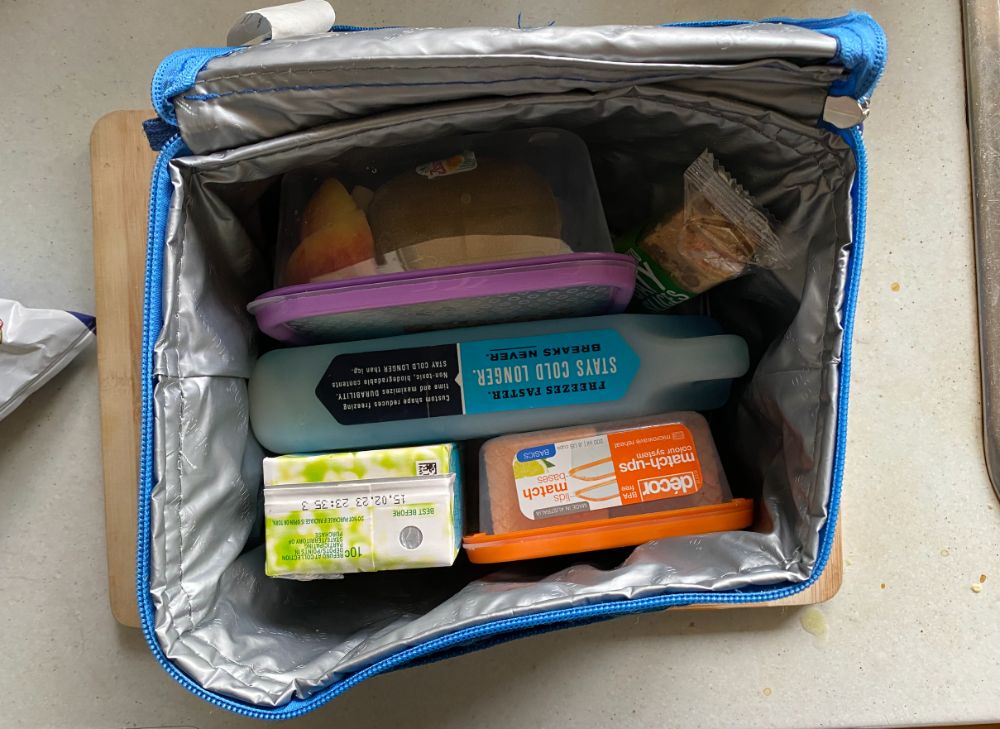
These are the ones that my kids use to take their lunch to school and many adults use to take their lunch to work.
These feature a reflective internal layer as well as quite a thin layer of foam with the exterior being made of a durable material that is less for insulation and more for the longevity of the product.
These lunch bags need ice packs in order to keep food cold for longer than 1-2 hours at a time
Grocery bags
Box shaped insulated grocery bags like these (at Amazon) are reusable, washable and flexible enough to fold flat for easy storage. They use the reflective layer on the inside as well as a thin foam layer beyond that and the top is usually sealed with a zipper.
The foam layer contains millions of micro bubbles of trapped air making it difficult for heat to get through.
The fabric on the outside keeps the foam and reflective layers in place and offers some minor insulation itself but is mainly there for durability just like the lunch bags.
Instead of putting ice into an insulated bag like this you’ll want to use ice packs instead. This is because grocery bags are rarely (if ever) waterproof and as the ice melts the bags will leak water into your car or onto your floor.
If your shopping is going to be sitting in the car for a few hours then the better and the larger the ice packs you have the longer your food will stay completely cold. You could purchase one of the best ice packs in the market or if you want to save some money here are some DIY ice pack ideas to keep food cold.
Features a sturdy zipper and handles and a heavy duty exterior for durability. Foldable and washable these are great for groceries, shopping and hot or cold food delivery.
Plastic thermal bags
Plastic thermal bags like this one (at Amazon) are great for taking with you on an outing as well as to the grocery shop if you aren’t planning on buying too much.
These have a reflective layer contained inside and a thick yet flexible polyethylene plastic that acts as insulation against conductive heat loss (or gain). This particular brand even uses a reflective plastic outer shell that will reflect the sunlight and give even greater protection to its contents.
Most plastic thermal bags use a ziplock seal at the top to prevent any heat from escaping or warm air entering.
This thermal bag can keep items hot or cold for hours at a time and is 100% recyclable, food safe and reusable.
Lightweight, waterproof and easy to wash these can hold up to 30 lbs of weight before breaking and fold completely flat making them easy to store.
Paper thermal bags
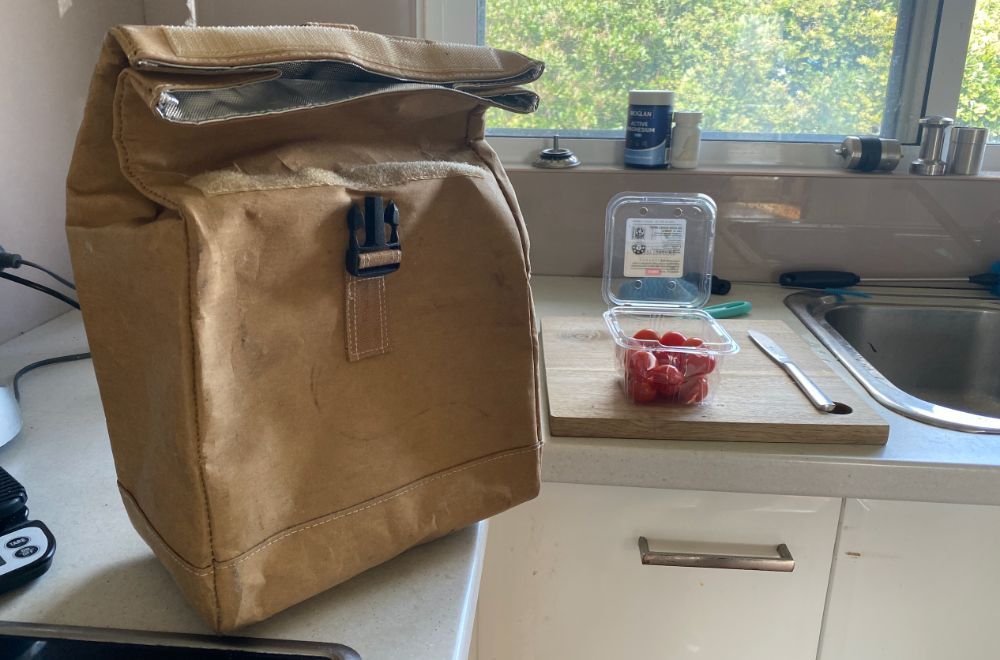
Actual cardboard and paper have surprisingly good insulating properties and some thermal bags are made from cardboard but the problem with these is that they can’t get wet.
On the other hand, insulated paper bags such as this one (at Amazon) look as if they are regular paper bags but they are actually made of Tyvek, thick durable craft paper or waxed canvas that all act as the thick yet malleable outside insulating layer.
This style of thermal lunch bag also has a reflective lining on the inside and uses magnetic strips or velcro to seal the top.
To keep things cold for longer, adding an ice pack is an obvious advantage. Here is a good read about the optimal placement of your ice pack in your thermal bag.
These bags are usually very affordable, they look great and they are a more eco-friendly option when compared to plastic bags.
This bag is eco-friendly and make from brown craft paper that is extra strong, tear proof and sturdy.
Insulated with a good grade reflective lining this bags keeps food hot or cold for hours at a time.
Soft Coolers

Soft coolers like the Yeti Hopper Flip or the RTIC Soft Cooler are less lightweight and flexible compared to the insulated bags shown above but they have much thicker insulation and can keep items cold for much much longer.
These insulated bags can keep ice frozen for 1-3 days at a time and are great for taking to the beach, using for keeping your lunch cold in the car or even for weekend camping trips.
They are much more durable and hard wearing compared to the bags shown above and often have waterproof zippers so you can use loose ice in them if you want.
You can check out my list of the best soft coolers on the market but I tend to recommend the RTIC Soft Pack Cooler to most people as it's got some of the best ice retention and it's super affordable and about 1/3 of the price of other brands.
The RTIC Soft Pack Cooler is one of THE BEST insulating soft coolers on the market, keep ice for 2-3 days at a time.
It's lightweight and durable with a tough nylon exterior and features a waterproof zipper and external pocket for small dry items. Comes in 12, 20, 30 and 40 can sizes and is extremely affordable compared to other similar brands.
Hard Coolers
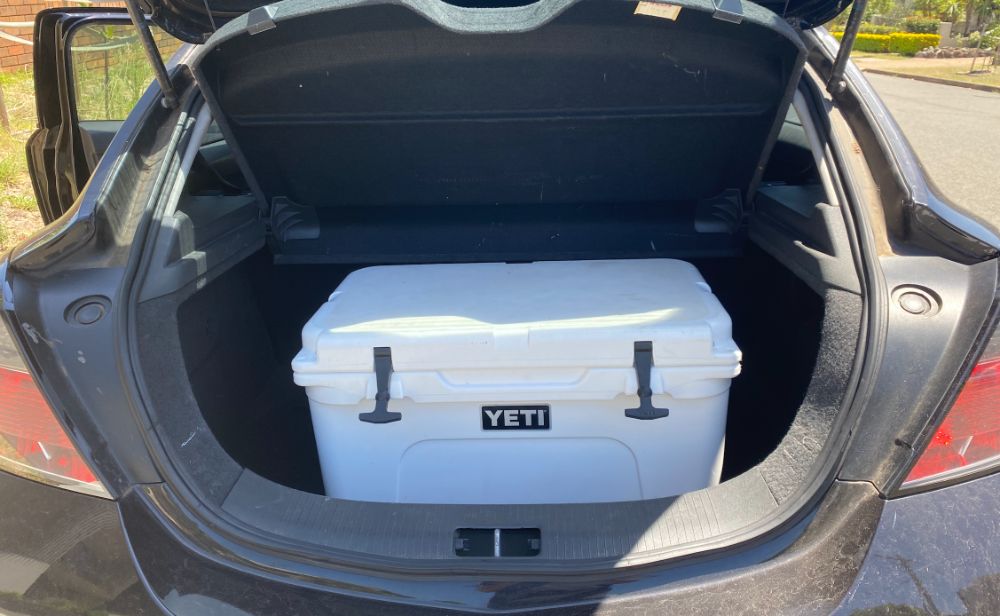
While not really an insulated “bag” per say if you really want to keep food completely frozen or keep it cold for an extended period of time then you'll likely want to invest in a hard cooler.
Hard coolers have thicker and better insulation with high-end coolers being able to hold ice for 5-7+ days at a time!
Click here to read about the best hard coolers for ice retention
How Long Will an Insulated Bag Keep Temperature?
Read here to find out more about how long thermal bags can keep food hot but the general consensus is 2-3 hour without an extra heat source.
As for keeping things cold the answer is about the same 2-3 hours depending on which bag and specific use case.
If you keep your insulated bag in the fridge it'll keep items cold indefinitely, but this is because the fridge is actively cooling everything down the insulated bag itself doesn't need to be refrigerated but many people to this as it keep all the items together and they can just quickly grab their bag when it's time to go.
In Summary
Insulated bags work by providing barriers to heat entering or exiting.
| Heat loss/gain through | Preventative measure |
|---|---|
| Radiation | Reflective inner lining |
| Conduction | Layer on non-conductive material |
| Convection | A way to seal the bag and stop airflow |

